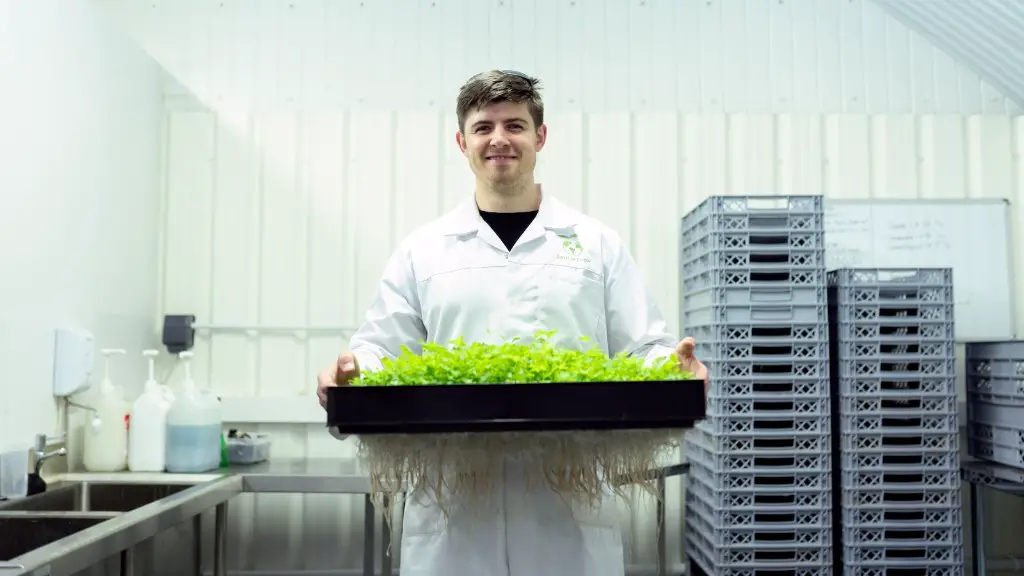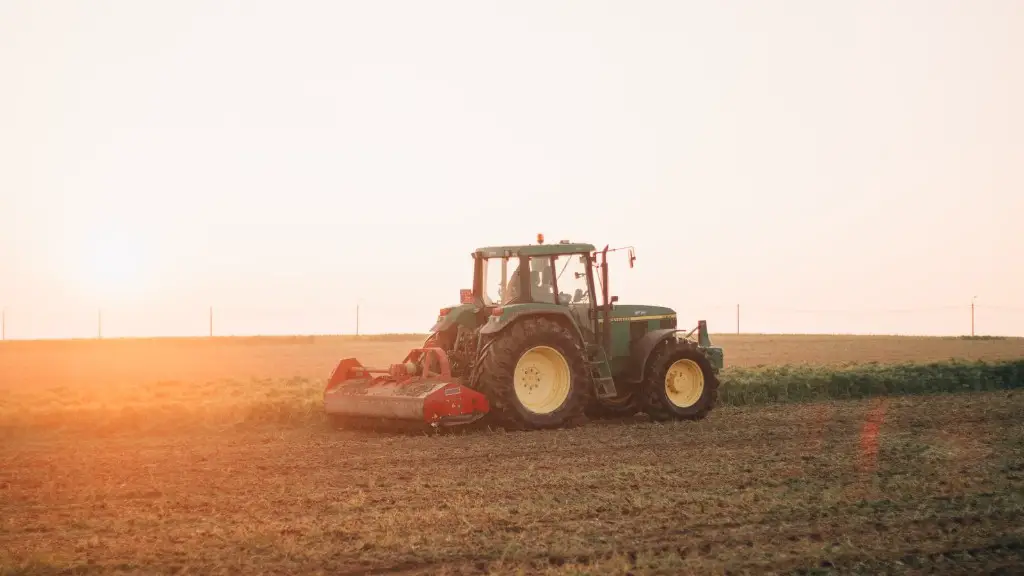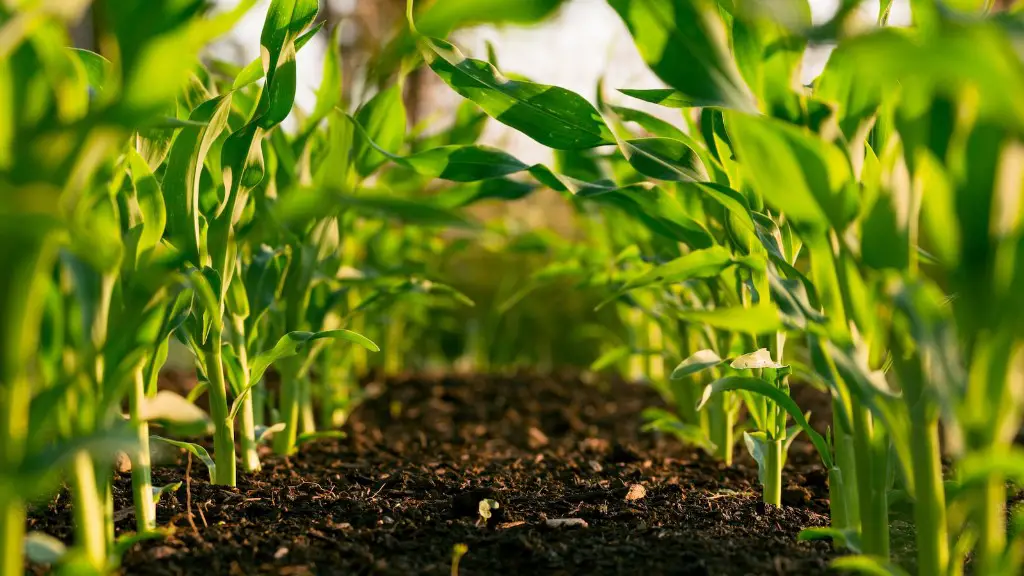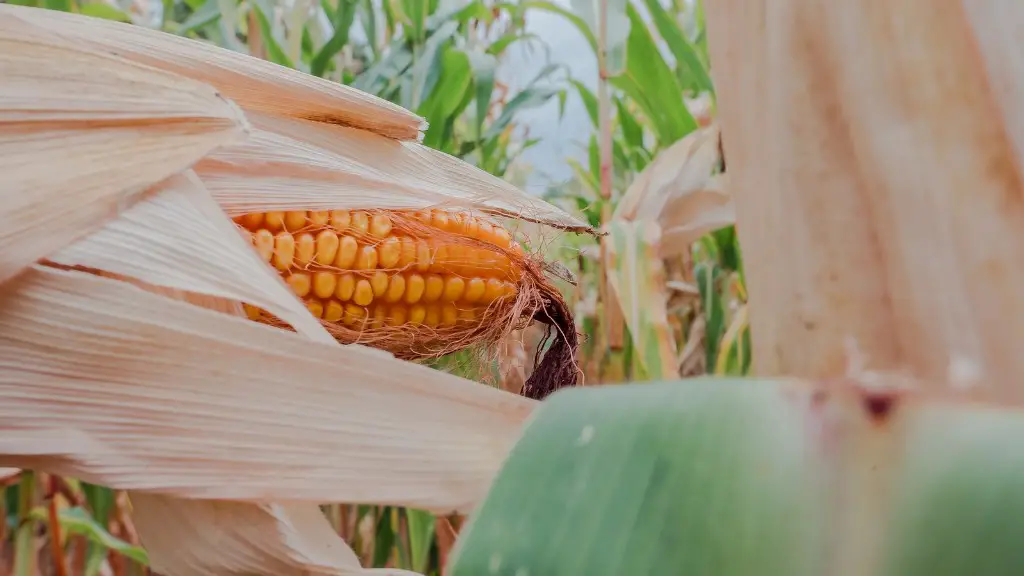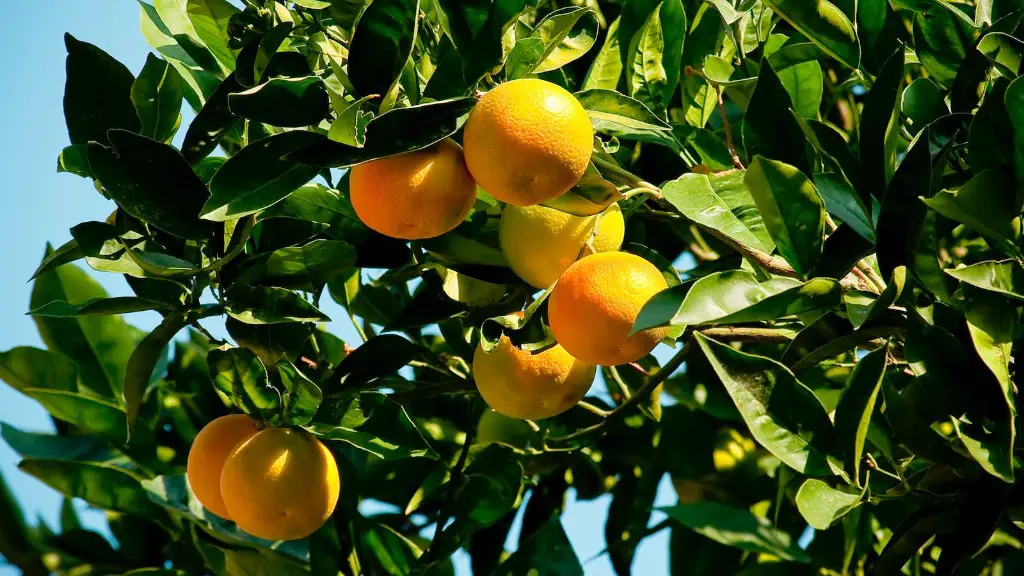Integrated pest management (IPM) is an ecosystem-based strategy that relies on a combination of common sense and basic knowledge of the life cycles of pests and their interaction with the environment. IPM programs use current, comprehensive information on the life cycles of pests and their interaction with the environment. This information, in combination with available pest control methods, is used to manage pest damage by the most economical means, and with the least possible hazard to people, property, and the environment.
Integrated Pest Management (IPM) is an approach to pest management that incorporates a variety of methods and strategies to control pests. IPM is an environmentally sensitive approach that relies on a combination of cultural, biological, and chemical control methods to manage pests.
What is meant by integrated pest management?
Integrated Pest Management (IPM) is an effective and environmentally sensitive approach to pest management that relies on a combination of common-sense practices. IPM programs use current, comprehensive information on the life cycles of pests and their interaction with the environment. IPM practices can be used to manage both agricultural and urban pests.
Pest management methods are the ways in which we control pests. There are four main groups: cultural, mechanical, biological, and chemical.
Cultural methods involve changing the way we do things to reduce the chances of pests being a problem. For example, we might rotate crops to avoid giving pests a chance to build up their numbers, or we might clean up our homes to remove food sources that pests can feed on.
Mechanical methods involve using physical devices to keep pests away or to kill them. For example, we might use traps to catch rodents, or we might use nets to keep insects from getting to our crops.
Biological methods involve using other living organisms to control pests. For example, we might release predators that eat the pests, or we might use fungi that kill the pests.
Chemical methods involve using chemicals to kill or repel pests. For example, we might use insecticides to kill insects, or we might use herbicides to control weeds.
What is an example of integrated pest management
IPM, or Integrated Pest Management, is a holistic approach to pest management that focuses on preventing pests from becoming a problem in the first place. This can be done by growing a healthy crop that can withstand pest attacks, using disease-resistant plants, or caulking cracks to keep insects or rodents from entering a building. IPM is a sustainable, environmentally-friendly approach to pest management that can save time, money, and hassle in the long run.
IPM is a sustainable approach to managing pests that integrates a variety of techniques, including biological control, habitat manipulation, and the use of pest-resistant varieties. IPM emphasizes the prevention of pests and the use of pest management strategies that are the least disruptive to the environment.
What are the 5 components of IPM?
The five general types of single component control methods that may be used in IPM programs in stored ecosystems are: chemical control, physical and mechanical methods, biological control, host plant resistance and regulatory control. Each of these methods has its own advantages and disadvantages that should be considered when designing an IPM program.
IPM is a three-pronged approach to pest management that focuses on preventing, monitoring, and intervening to control pests. To be effective, IPM requires competence in all three areas. Prevention is the first line of defense against pests, and includes strategies like using pest-resistant crops, maintaining clean growing conditions, and preventing pests from entering the grow site. Monitoring involves regularly checking for pests and their signs, and keeping track of pest populations. Intervention is only necessary when pests are present and causing damage, and includes control measures like crop rotation, mechanical control, and biological control.
What are the 7 steps of IPM?
Integrated pest management (IPM) is a process that uses a variety of techniques to manage pests. The first step is to identify the damage and the responsible pest. Once the pest is identified, the next step is to learn about its life cycle and biology. The next step is to monitor or sample the environment for the pest population. Once the population is identified, the next step is to establish an action threshold. The action threshold is the point at which pest management tactics need to be used. The next step is to choose the appropriate combination of management tactics. The final step is to evaluate the results.
IPM, or Integrated Pest Management, is a comprehensive approach to pest control that uses a variety of techniques in order to be more sustainable. The six components of IPM are prevention, identification, monitoring, assessment, planning, and evaluation. By using all of these techniques, IPM can effectively reduce pests while minimizing the use of pesticides.
What are the five major components of IPM and its importance
IPM stands for integrated pest management. It is a pest management system that uses a variety of techniques to control pests.
The main components of IPM are cultural practices, mechanical practices, regulatory practices, biological practices, chemical practices.
Cultural practices involve using pest-resistant crops, crop rotation, and other agricultural practices to control pests.
Mechanical practices involve using physical barriers and traps to control pests.
Regulatory practices involve laws and regulations that control the use of pesticides and other pest control products.
Biological practices involve using natural predators and parasites to control pests.
Chemical practices involve using pesticides and other chemicals to control pests.
Pest control is the process of managing, and often eradicating, insects, rodents and other vermin from your home or place of business. A professional pest control company will have experience dealing with all sorts of different pests, and will be able to offer you advice on the best course of action to take. There are three main goals of pest control: prevention, suppression and eradication.
Prevention is the first and most important goal of pest control. It is much easier to prevent pests from getting into your home or business in the first place, than it is to get rid of them once they are already there. A professional pest control company will be able to help you identify potential entry points for pests, and will give you advice on how to best seal them off.
Suppression is the second goal of pest control. Once pests have already gained entry to your home or business, it is important to take action to suppress their population. This can be done through a variety of methods, such as baiting, trapping and poisoning. A professional pest control company will be able to advise you on the best course of action to take, depending on the type of pest you are dealing with.
Eradication is the final goal of pest control
What are the advantages of IPM in agriculture?
IPM or Integrated Pest Management is a process or technique that is used in order to manage the pests. This particular technique is considered to be more environment friendly when compared to the other pest management techniques. Some of the advantages of IPM are as follows:
-Lower cost intervention: Traditionally, the use of pesticides to control pests would incur high costs. However, with IPM, the costs are lower as it uses a variety of pest control methods which are more cost effective.
-Benefits to the environment: IPM techniques help to minimize the residue hazards of pesticides, thereby benefiting the environment.
-Anti-Resistance: IPM is useful in preventing the development of resistance in pests to pesticides.
-Useful and best intervention for the general public: IPM techniques are considered to be the best intervention for the general public as they are more environment friendly and pose less health risks.
IPM is particularly important in organic farming, as it allows farmers to control pests without using synthetic chemical substances. In urban settings, IPM has potential to control pests that represent a nuisance or a health hazard to humans. Examples are well known and widespread cockroaches, mosquitoes, and rodents.
What are the disadvantages of IPM
IPM (Integrated Pest Management) has several disadvantages that include more involved planning, more family decisionmaking, more demanding lawn and garden care, more resources needed as substitutions for pesticides, requires a greater amount of outside knowledge, and is more time and energy-consuming.
This is the part of IPM where you go out and look for signs of pests. This includes looking for the actual pests, as well as things like damage to plants, droppings, and anything else that might be a sign of a problem. This step is important because it allows you to find problems early, before they get out of hand.
What is the first and most important step in integrated pest management?
To avoid pests, it is important to regularly inspect your property and identify any potential entry points, food and water sources, or harborage zones that might encourage pest problems. By taking proactive measures to eliminate these potential risks, you can help keep your home or business pest-free.
Integrated pest management (IPM) is the most effective strategy for controlling pests because it combines multiple pest control methods to manage pest damage in the most economical way possible while minimizing risks to people, pets, and the environment.
Final Words
Integrated pest management in agriculture is a strategy that uses a variety of techniques to manage pests. This can include using pesticides, but also includes other methods such as crop rotation, providing habitat for natural predators of pests, and using resistant varieties of plants.
Integrated pest management (IPM) is an approach to agriculture that uses a combination of techniques to control pests. These techniques include crop rotation, companion planting, and biocontrol agents. IPM can help farmers reduce the use of pesticides, which can be harmful to the environment and human health.
